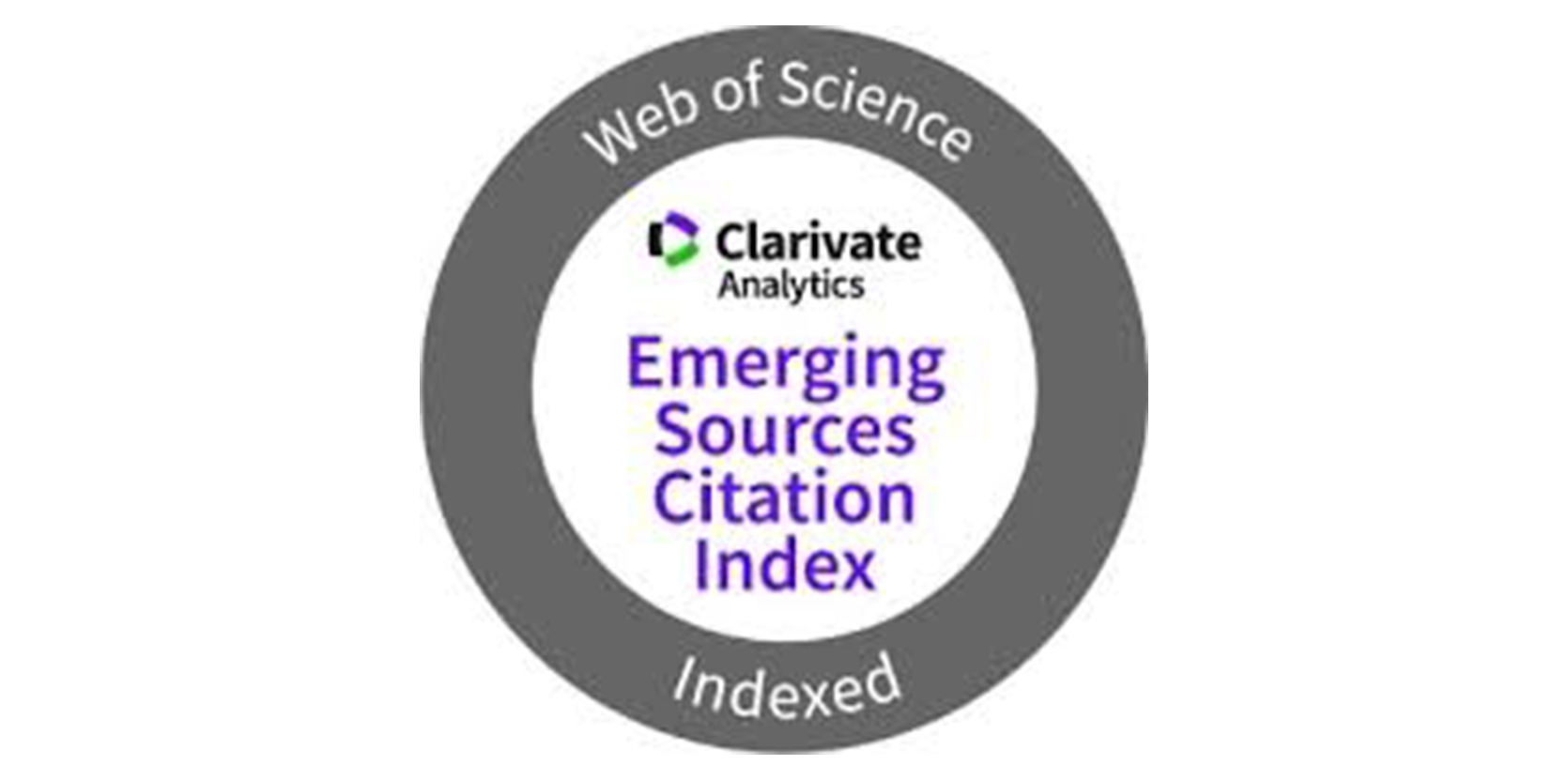Научные коллаборации и коммуникации в сети как возможные зоны обмена
Шибаршина Светлана Викторовна
Национальный исследовательский Нижегородский государственный университет им. Н. И. Лобачевского, Нижний Новгород, Россия
Ключевые слова:
ЗОНА ОБМЕНА, ЦИФРОВАЯ МОБИЛЬНОСТЬ, НАУЧНАЯ КОММУНИКАЦИЯ, РАСПРЕДЕЛЕННОЕ ПОЗНАНИЕ, АКАДЕМИЧЕСКИЕ ИНТЕРНЕТ-СЕТИ, КРАУДСОРСИНГОВЫЕ ПЛОЩАДКИ, TRADING ZONE, DIGITAL MOBILITY, SCIENTIFIC COMMUNICATION, DISTRIBUTED KNOWLEDGE, ONLINE ACADEMIC NETWORKS, CROWDSOURCING PLATFORMS
Аннотация:
Статья посвящена исследованию особенностей современной научной коммуникации и коллаборации с целью выявления возможностей их описания в терминах концепции «зон обмена» (П. Галисон, Г. Коллинз), а также оценке их потенциала стать полноценными зонами научного обмена. Кроме того, привлекается концепция цифровой мобильности (Дж. Урри). Материалом исследования послужили социальные сети для ученых Academia.edu и ResearchGate, а также онлайн-платформа сотрудничества InnoCentive. Развитие по-добных онлайн-пространств является новым витком эволюции научной коммуникации, в рамках которой ученые предстают как трансформированные акторы с новыми коммуникативными возможностями. Результаты исследования позволили автору сделать следующие выводы. Во-первых, рассмотрение социальных сетей как полноценных зон научного обмена затрудняется рядом обстоятельств. Это отсутствие институционального принуждения, затрудненный характер передачи неявного знания, противоречие с рыночными коннотациями оригинального понятия trading zone. В связи с этим автор указывает на перспективу переосмысления данной концепции в терминах символического дарения П. Бурдье. Во-вторых, анализ онлайн-платформ сотрудничества выявляет их большее соответствие данной концепции, включая очевидное наличие пограничного объекта (финансово оплачиваемое решение научно-технической задачи).
Online Scientific Communications and Collaborations as Possible Trading Zones
Shibarshina Svetlana V.
National Research Lobachevsky State University of Nizhni Novgorod, Nizhni Novgorod, Russian Federation
This article considers contemporary scientific communications and collaborations aiming to clarify whether it is possible to describe them in terms of trading zones conception and whether they might become full-fledged zones of scientific exchange. The author also employs the concept of digital mobility. The research focuses on the academic social networks Academia.edu and ResearchGate, as well as on the online collaboration platform InnoCentive. The development of such online spaces is viewed as a new step in the evolving scientific communication, with researchers presented as transformed actors having new situational communicative possibilities.Section 1 places and depicts scientific communications and collaborations in context of new phenomena and concepts, such as dispersed knowledge, citizen science, acceleration, fast knowledge, digitalization of scientific practices, and networking. Section 2 presents the conceptual framework for the study including the concept of trading zone introduced by Peter Galison, Harry Collins and Robert Evans, and the approach of digital mobility by Anthony Elliott and John Urry. Section 3 focuses on academic social networking illustrated with successful distant collaborations occurred on ResearchGate, while Section 4 aims to answer the question of whether such platforms might be regarded as full-fledged trading zones. The last two sections consider open innovation and crowdsourcing technology illustrated with the InnoCentive case and attempt to depict it through the concept of trading zone.The author comes to the following conclusions. First, consideration of social networks as full-fledged zones of scientific exchange is hampered by a number of obstacles: the lack of institutional coercion and all the necessary conditions to share implicit knowledge; the contradiction with the market metaphor of trading zone. In this regard, I suggest rethinking this concept in terms of the symbolic gift byPierre Bourdieu. Secondly, the analysis of online collaboration platforms reveals their greater consistency with this metaphor, including the obvious presence of a border object (financially paid solution of a scientific and technical problem).
elibrary_41135769_21465279









